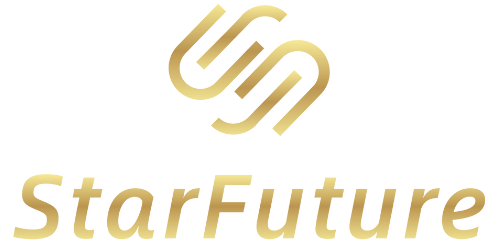5-Axis CNC Machining Service
Star Future is dedicated to delivering speed, precision, and quality, supporting clients from initial concept through to functional prototypes and pre-production samples.

5-Axis CNC Machining
At Star Future, we offer advanced 5-Axis CNC (Computer Numerical Control) machining services, providing High-precision parts for a wide range of industries. Our 5-axis CNC machining capabilities take precision manufacturing to the next level, enabling us to produce complex parts that would be impossible or inefficient with traditional 3-axis machines.
Our CNC Machining Capabilities
Maximum Dimensions
Maximum depth that can be milled is 2 in. (50.8mm) from either side of part.
| Material | IN. | MM | |
|---|---|---|---|
| 3-axis | Plastic | 51.18*27.56*27.56 | 1300*700*500 |
| Metal | 51.18*27.56*27.56 | 1300*700*500 | |
| 4-axis | Plastic | 17.71*15.75*15.75 | 450*400*300 |
| Metal | 17.71*15.75*15.75 | 450*400*300 | |
| 5-axis | Plastic | 31.50*37.40*40.16 | 800*600*500 |
| Metal | 31.50*37.40*40.16 | 800*600*500 |
Minimum Dimensions
| Material | IN. | MM |
|---|---|---|
| Plastic/Metal | 0.020*0.020*0.020 | 0.5*0.5*0.5 |
Linear dimension: +/-0.005 mm, Hole diameters (not reamed): +/- 0.025 mm, Shaft diameters: +/- 0.025 mm.
The minimum feature size we make is 0.51 mm, depending on the geometry of the product and the materials being used.
We can adapt to any standard thread size and customized threads. The maximum processing depth of the hole can reach 350mm
Deburring by default, chamfering according to your requirements.
Brief Introduction of 5-Axis CNC Machining
5-axis CNC machining is an advanced manufacturing process that allows for the simultaneous movement of cutting tools along five different axes. This technology enables the creation of complex, High-precision parts with exceptional efficiency. At Star Future, we’ve harnessed the power of 5-axis CNC machining to offer our clients unparalleled manufacturing capabilities.
How 5-Axis CNC Machining Works
Unlike traditional 3-axis machining, which moves along the X, Y, and Z linear axes, 5-axis machining adds two rotary axes: A (rotates around X-axis) and B (rotates around Y-axis) or C (rotates around Z-axis). This allows the cutting tool to approach the workpiece from any direction, enabling the creation of intricate geometries in a single setup.
Benefits of Star Future’s 5-Axis CNC Machining Service:
- Unmatched Precision and Accuracy. Our state-of-the-art 5-axis CNC machines deliver exceptionally tight tolerances, ensuring your parts meet the most demanding specifications.
- Complex Geometries Made Simple. We can produce parts with intricate shapes and undercuts that would be impossible or extremely difficult with conventional machining methods.
- Improved Surface Finish. The ability to maintain optimal tool-to-part contact angles results in superior surface finishes, often eliminating the need for secondary operations.
- Reduced Setup Time. Multi-sided parts can be machined in a single setup, dramatically reducing production time and potential for human error.
- Cost-Effective for Small to Medium Batches. Our efficient process makes 5-axis machining economical even for smaller production runs.
- Versatility in Materials. We can work with a wide range of materials, from common metals to exotic alloys and plastics.
- Enhanced Productivity. Our advanced machines can often replace multiple conventional machines, streamlining your supply chain.
- Consistency Across Production Runs. Reduced human intervention ensures higher consistency from part to part and batch to batch.
- Design Freedom. Our 5-axis capabilities allow for greater design flexibility, enabling you to optimize your parts for performance without being constrained by manufacturing limitations.
At Star Future, we combine cutting-edge 5-axis CNC technology with our team’s expertise to deliver parts that meet and exceed your expectations. Whether you’re in aerospace, medical device manufacturing, automotive, or any industry requiring High-precision components, our 5-axis CNC machining service can help you achieve your manufacturing goals with unprecedented efficiency and quality.
Materials We Work With
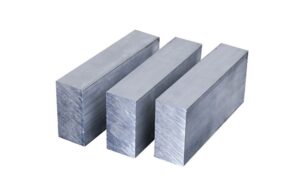
Overview: A lightweight, corrosion-resistant metal with excellent thermal conductivity. It’s widely used in industries like aerospace, automotive, and electronics.
Key Properties: Lightweight, strong, corrosion-resistant, easy to machine.
Applications: Aerospace components, automotive parts, and electronics housings. Aluminum is commonly used for CNC machining, and sheet metal fabrication due to its ease of machining and thermal properties.
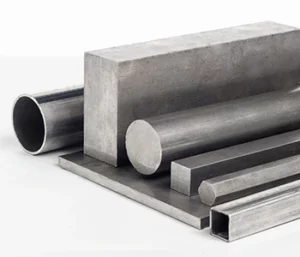
Overview: Known for its strength, durability, and excellent corrosion resistance, stainless steel is versatile across many industries.
Applications: Industrial equipment, medical devices, and structural components. Stainless steel is ideal for CNC machining and sheet metal fabrication, particularly in environments requiring chemical resistance.
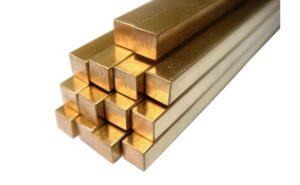
Overview: A copper-zinc alloy with excellent machinability and corrosion resistance, often used in precision parts.
Applications: Electrical connectors, plumbing components, and decorative parts. Brass is commonly machined and used in Low-volume production due to its ease of fabrication and good electrical conductivity.
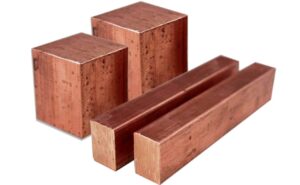
Overview: Known for its superior electrical and thermal conductivity, copper is widely used in electrical and heat-exchange systems.
Applications: Electrical wiring, heat sinks, and plumbing components. Copper’s machinability and conductivity make it ideal for precision CNC machining.
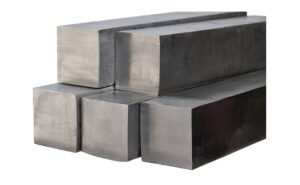
Overview: A strong, lightweight, and corrosion-resistant metal used in high-performance applications.
Applications: Aerospace parts, medical implants, and automotive components. Titanium is often used for CNC machining and 3D printing, especially in industries where strength and low weight are critical.
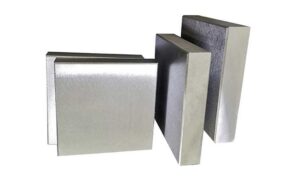
Overview: One of the lightest structural metals, known for its excellent strength-to-weight ratio and machinability.
Applications: Aerospace and automotive components. Magnesium is ideal for CNC machining and sheet metal applications where reducing weight is essential.
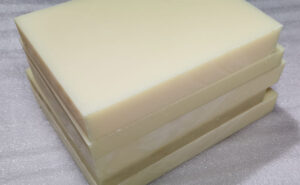
Overview: A tough, impact-resistant plastic often used in consumer products.
Applications: Automotive parts, electronic housings, and prototypes. ABS is commonly used for rapid prototyping and Low-volume production due to its ease of molding.
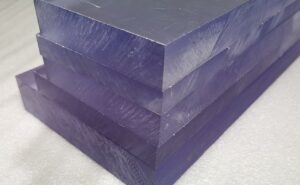
Overview: A strong, impact-resistant, and transparent plastic often used as a glass substitute.
Applications: Lenses, safety equipment, and electronics casings. PC is ideal for injection molding and rapid prototyping due to its strength and clarity.
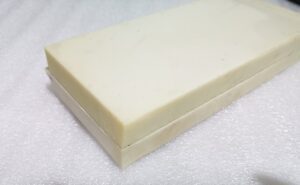
Overview: A durable, flexible plastic known for its wear resistance and high mechanical strength.
Applications: Gears, bearings, and mechanical parts. Nylon is suitable for CNC machining, injection molding, and Low-volume production.
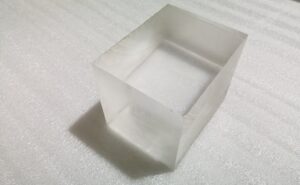
Overview: Also known as acrylic, PMMA is a transparent plastic with good UV resistance.
Applications: Display windows, light fixtures, and lenses. PMMA is commonly used in CNC machining and rapid prototyping for transparent parts.
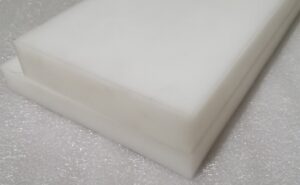
Overview: Known for its high stiffness, low friction, and excellent dimensional stability.
Applications: Precision gears, bearings, and other mechanical parts. POM is often machined for precision components in Low-volume production.
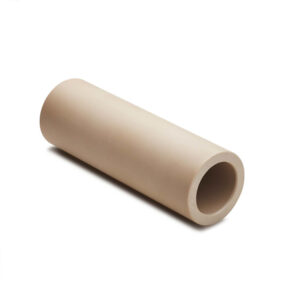
Overview: A high-performance thermoplastic with excellent chemical resistance and mechanical properties.
Applications: Aerospace, medical devices, and high-performance engineering components. PEEK is commonly used in CNC machining and 3D printing for demanding applications.
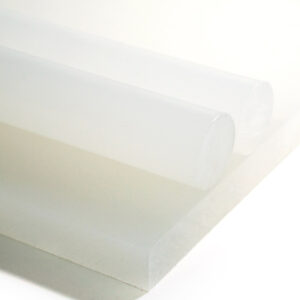
Overview: A versatile, chemical-resistant plastic commonly used in lightweight applications.
Applications: Automotive parts, packaging, and consumer goods. PP is used in injection molding and Low-volume production due to its flexibility and ease of processing.
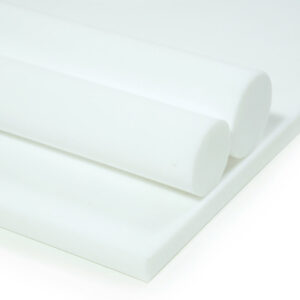
Overview: Known for its exceptional chemical resistance, low friction, and high temperature resistance.
Applications: Seals, gaskets, and non-stick surfaces. PTFE is often used in CNC machining and Low-volume production for applications requiring extreme chemical resistance.
Surface Finishing Options
At Star Future, we recognize that the right surface finish is key to enhancing your product’s performance, longevity, and marketability. Our extensive finishing services not only elevate the appearance of your parts but also provide functional improvements that enhance durability and resistance. Whether you need a smooth, polished finish or a tough, corrosion-resistant coating, we offer a wide range of finishing solutions customized to meet your exact requirements.
-
Anodizing
-
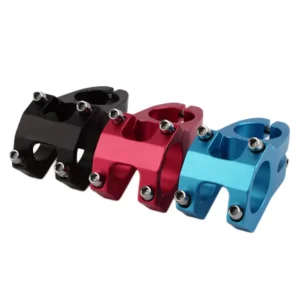
Anodizing enhances the durability and corrosion resistance of aluminum parts by creating a tough, oxide layer. This process also allows for the addition of color, providing both functional protection and aesthetic appeal. Anodized surfaces are ideal for applications in aerospace, automotive, and consumer products.
-
Painting
-
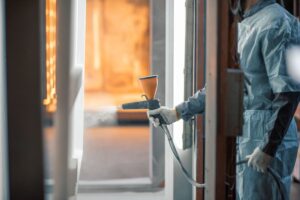
Painting provides a protective and decorative coating to metal and plastic parts, offering excellent color options and surface protection. This process improves resistance to environmental factors such as UV exposure and corrosion, making it ideal for automotive, industrial, and consumer applications.
-
Powder Coating
-
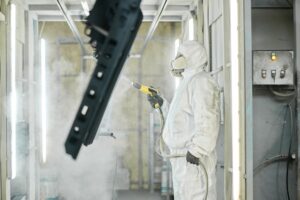
Powder coating applies a durable, protective layer of color to metal parts, offering superior resistance to corrosion, wear, and fading. This eco-friendly process ensures a smooth, even finish, making it ideal for parts that require a strong, long-lasting surface, often used in industrial and consumer goods.
-
PVD Coating
-
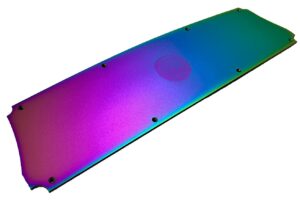
Physical Vapor Deposition (PVD) is a high-performance coating that deposits thin films of metal onto parts for enhanced durability, wear resistance, and corrosion protection. This advanced technique is often used in applications requiring a hard, decorative finish, such as aerospace, medical devices, and electronics.
-
Passivation
-
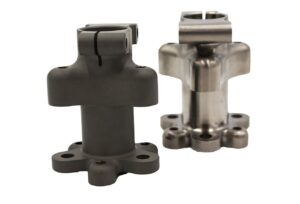
Passivation is a chemical treatment for stainless steel that enhances its corrosion resistance by removing surface contaminants. This process improves the longevity and performance of metal parts, making it essential for industries like aerospace, medical, and food processing where cleanliness and durability are crucial.
-
Black Oxide
-
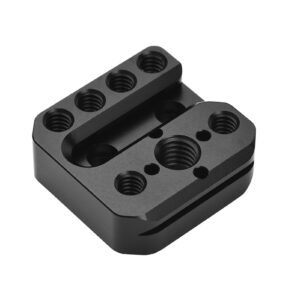
Black oxide is a conversion coating applied to ferrous metals, providing mild corrosion resistance and reducing friction. This process gives parts a sleek, black finish and is commonly used in tools, fasteners, and precision components, offering both aesthetic enhancement and functional protection.
-
Sand/Bead Blasting
-
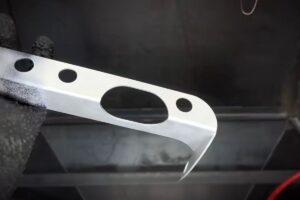
Bead blasting uses fine media to create a uniform, matte surface finish by removing surface imperfections. This technique enhances the texture and appearance of metal parts, offering a refined, consistent look, often used for cosmetic finishes or surface preparation before other treatments like painting or anodizing.
-
Electroplating
-
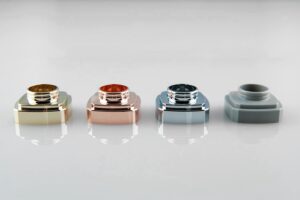
Electroplating applies a thin layer of metal, such as nickel, chrome, or gold, onto a part’s surface to improve corrosion resistance, wear protection, and appearance. This process is widely used for both decorative and functional purposes in industries like electronics, automotive, and jewelry.
-
Electrophoresis
-
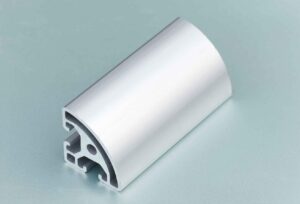
Electrophoresis is an electrochemical process that applies an even, corrosion-resistant coating to metal parts. It offers excellent adhesion and uniform coverage, making it ideal for automotive components, hardware, and other parts requiring durable, long-lasting protection against rust and wear.
-
Polishing
-
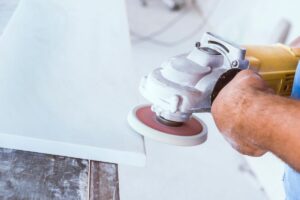
Polishing is a finishing process that smooths and shines metal surfaces, enhancing appearance and reducing friction. It creates a mirror-like finish by removing scratches and imperfections, often used in High-precision components, decorative parts, and products where aesthetic quality is critical.
-
Laser Engraving
-
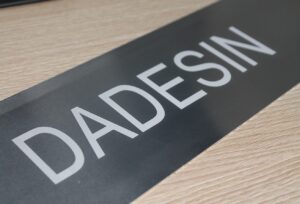
Laser engraving uses a focused laser beam to etch precise, permanent markings onto the surface of parts. This process is ideal for creating detailed logos, serial numbers, and barcodes on metals and plastics, offering durability and clarity for branding or traceability purposes.
-
Silkscreen Printing
-
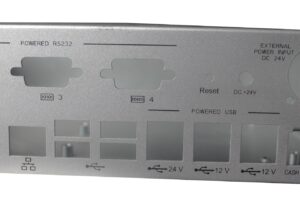
Silkscreen printing is a versatile technique used to apply ink to flat or curved surfaces, creating sharp, durable graphics and text. This process is widely used for branding, labeling, and decorative purposes on parts and components, commonly seen in electronics, consumer goods, and industrial equipment.

Anodizing enhances the durability and corrosion resistance of aluminum parts by creating a tough, oxide layer. This process also allows for the addition of color, providing both functional protection and aesthetic appeal. Anodized surfaces are ideal for applications in aerospace, automotive, and consumer products.

Painting provides a protective and decorative coating to metal and plastic parts, offering excellent color options and surface protection. This process improves resistance to environmental factors such as UV exposure and corrosion, making it ideal for automotive, industrial, and consumer applications.

Powder coating applies a durable, protective layer of color to metal parts, offering superior resistance to corrosion, wear, and fading. This eco-friendly process ensures a smooth, even finish, making it ideal for parts that require a strong, long-lasting surface, often used in industrial and consumer goods.

Physical Vapor Deposition (PVD) is a high-performance coating that deposits thin films of metal onto parts for enhanced durability, wear resistance, and corrosion protection. This advanced technique is often used in applications requiring a hard, decorative finish, such as aerospace, medical devices, and electronics.

Passivation is a chemical treatment for stainless steel that enhances its corrosion resistance by removing surface contaminants. This process improves the longevity and performance of metal parts, making it essential for industries like aerospace, medical, and food processing where cleanliness and durability are crucial.

Black oxide is a conversion coating applied to ferrous metals, providing mild corrosion resistance and reducing friction. This process gives parts a sleek, black finish and is commonly used in tools, fasteners, and precision components, offering both aesthetic enhancement and functional protection.

Bead blasting uses fine media to create a uniform, matte surface finish by removing surface imperfections. This technique enhances the texture and appearance of metal parts, offering a refined, consistent look, often used for cosmetic finishes or surface preparation before other treatments like painting or anodizing.

Electroplating applies a thin layer of metal, such as nickel, chrome, or gold, onto a part’s surface to improve corrosion resistance, wear protection, and appearance. This process is widely used for both decorative and functional purposes in industries like electronics, automotive, and jewelry.

Electrophoresis is an electrochemical process that applies an even, corrosion-resistant coating to metal parts. It offers excellent adhesion and uniform coverage, making it ideal for automotive components, hardware, and other parts requiring durable, long-lasting protection against rust and wear.

Polishing is a finishing process that smooths and shines metal surfaces, enhancing appearance and reducing friction. It creates a mirror-like finish by removing scratches and imperfections, often used in High-precision components, decorative parts, and products where aesthetic quality is critical.

Laser engraving uses a focused laser beam to etch precise, permanent markings onto the surface of parts. This process is ideal for creating detailed logos, serial numbers, and barcodes on metals and plastics, offering durability and clarity for branding or traceability purposes.

Silkscreen printing is a versatile technique used to apply ink to flat or curved surfaces, creating sharp, durable graphics and text. This process is widely used for branding, labeling, and decorative purposes on parts and components, commonly seen in electronics, consumer goods, and industrial equipment.
Why Us
At Star Future, we don’t just manufacture parts—we accelerate innovation. Our capabilities in CNC machining, 3D printing, sand casting and more allow us to use the best process for every single part of your project. Here’s why industry leaders trust us as their end-to-end prototyping and precision manufacturing partner.
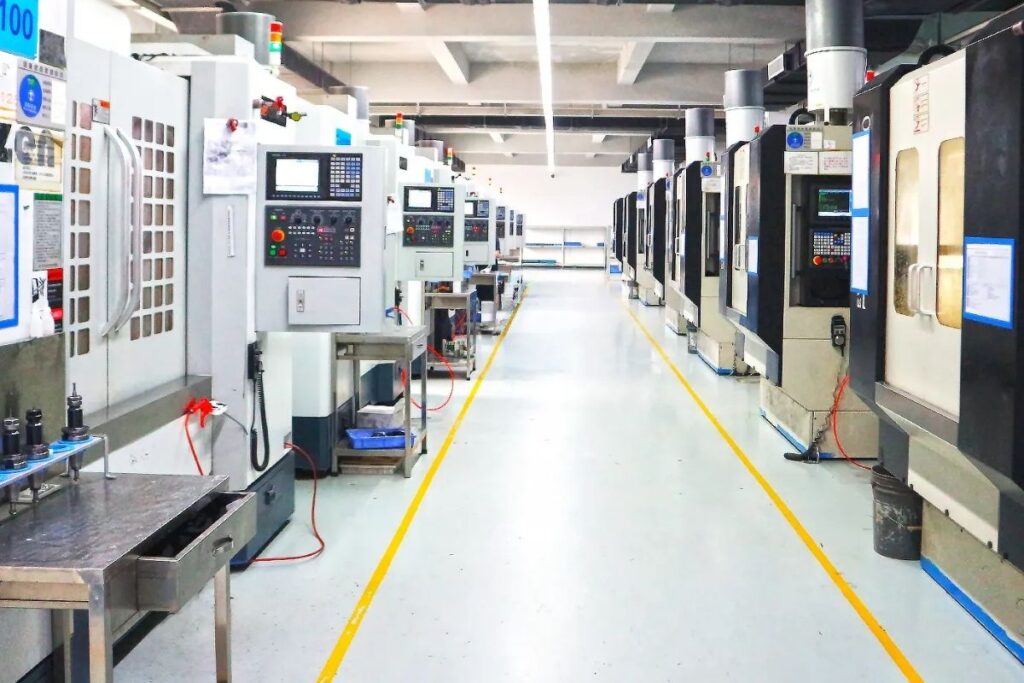

End-to-End Capabilities
Simplify your supply chain. We combine sand casting, multi-axis CNC machining, industrial 3D printing under one roof. No juggling vendors. No compatibility gaps.
Fast Turnaround
Get functional prototypes and pre-production samples fast. Our integrated processes slash lead times while maintaining rigorous quality standards.
Flexible On-demand Production
Whether you need 1 prototype or 500 bridge-production units, our flexible capacity grows with your project—without sacrificing speed or precision.
Cost-Effective
By eliminating the need for physical patterns and tooling, we significantly reduce upfront costs, making it economically viable to produce single prototypes or small batches of parts.
Ready for Manufacturing? Get a Free Quote & Expert Advice.
Have a CAD file or project specs? Our manufacturing engineers are ready to review your requirements and provide a fast, competitive quote for CNC machining, sand casting, 3D printing, or gear manufacturing.
Frequently Asked Questions.
We support all major CAD formats:
STEP, IGES, STL, SLDPRT, X_T, PARASOLID (and more).
Our engineers will review your design for manufacturability (DFM) and provide optimization suggestions before production begins.
We offer a wide range of materials for various manufacturing processes, including:
- Metals (Aluminum, Steel, Titanium, etc.)
- Plastics (ABS, Nylon, Polycarbonate, etc.)
- Composites and specialized materials depending on the application. We also provide material consultation to help you select the most suitable materials for your project.
Absolutely. Our 5-axis CNC machining centers (±0.01mm) and industrial 3D printers excel at:
Intricate designs, thin walls, and internal features
Tolerances down to ±0.025mm for critical dimensions
Challenging materials (e.g., Inconel, PEEK, tool steels)
Absolutely! We offer a wide range of surface finishes and post-processing options to enhance both the appearance and functionality of your parts. Whether you need polishing, anodizing, painting, or another specific finish, we can accommodate your requirements.
Lead times vary depending on the service and project complexity. Rapid prototyping can typically be completed within a few days, while more complex manufacturing projects such as Low-volume production or tooling may take longer. Once we receive your project specifications, we’ll provide a detailed timeline.
